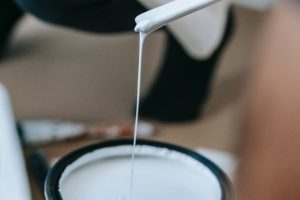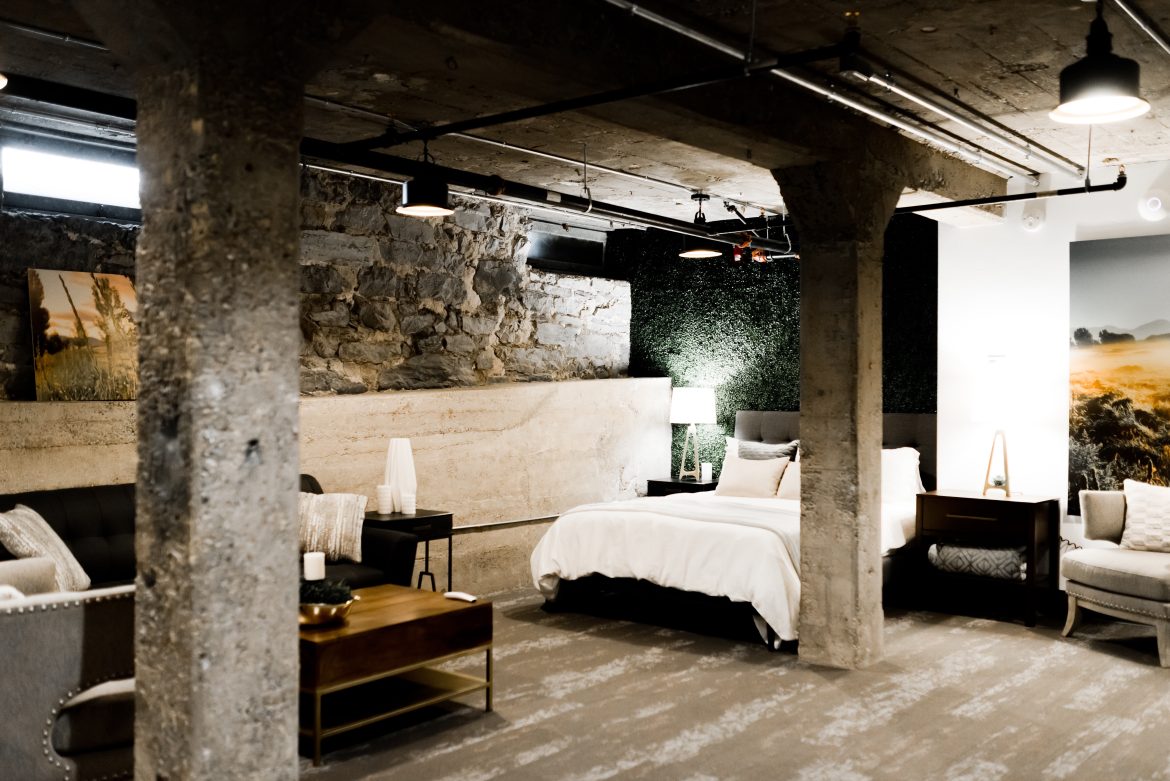Rury gazowe w mieszkaniu dla wielu ludzi stanowią zagadkę. Czy muszą być żółte, czy można sobie pozwolić na dowolność? Dziś postaramy się odpowiedzieć na wszelkie wątpliwości.
Zmiana koloru: po co i co na to przepisy?
Ogólnie przyjętym kolorem rur gazowych jest kolor żółty. Przepisy nie narzucają na nas odgórnej kolorystyki – warto o tym pamiętać. Z tego właśnie powodu, nie ma przeciwskazań do zmiany ich koloru. Zdarza się, że właściciele mieszkań malują rury na inny krok, by ujednolicić i „zakamuflować” instalacje w domu. Są jednak sytuacje, że przy niektórych aranżacjach właściciele decydują się, by rury gazowe zostały uwidocznione. Taki zabieg nadaje wnętrzu nowoczesny, bądź industrialny sznyt (świetnie sprawdza się kolor czarny, kolor młotkowanej stali czy srebrny).
Rury gazowe – jakie?
Instalacje gazowe można wykonać z dwóch rodzajów materiałów. Mogą to być rury miedziane, lub rury stalowe. Każdy z tych materiałów ma inne cechy. Przykładowo rury miedziane odznaczają się swoją plastycznością w obróbce, cienkimi ściankami oraz szczelnością dyfuzyjną (więcej na ten temat tych rur możecie przeczytać w innym naszym artykule, który znajdziecie TUTAJ). Rury stalowe natomiast odznaczają się nieprzepuszczalnością gazów z zewnątrz, odpornością na zgniatanie oraz niską rozszerzalnością temperaturową.
O czym pamiętać przy malowaniu rur gazowych?
Należy jednak pamiętać o kilku zasadach zabierając się za takie przedsięwzięcie. Po pierwsze powinniśmy przeprowadzić przed przystąpieniem do prac przegląd szczelności instalacji. Może ją przeprowadzić instalator z uprawnieniami, lub osoba z gazowni. Drugą kluczową kwestią jest to, by malować tylko rury omijając połączenia śrubowe, filtry gazowe, zawory kulowe itp. Jeśli jednak zdarzy się sytuacja zamalowania takich łączeń, musimy liczyć się z pewnymi trudnościami. Pracownik gazowni przy okresowym przeglądzie instalacji może zalecić usunięcie z nich farby. Wynika to z tego, że właśnie w tych miejscach przykładany jest analizator gazu.

Na koniec należy jeszcze pamiętać, że można malować jedynie rury w mieszkaniu. Te znajdujące się na zewnątrz mieszkania (np. na klatce schodowej) muszą pozostać żółte – nie wolno ich malować.
Przygotowanie i dobór farby
Przed przystąpieniem do prac istotnym elementem jest prawidłowe przygotowanie powierzchni, a także dobór farby. Z tym ostatnim nie powinno być żadnego problemu. Farbę dobieramy zgodnie z przeznaczeniem jej użycia. Zwróćmy uwagę na to, do jakich materiałów jest przeznaczona. Zalecana temperatura jaka powinna panować podczas takiego malowania to między +5°C a +30°C
Zalecamy ostrożne obchodzenie się z rurami, by ich nie naruszyć i aby nie doszło do rozszczelnienia instalacji. Pamiętajmy, że bezpieczeństwo przede wszystkim.
